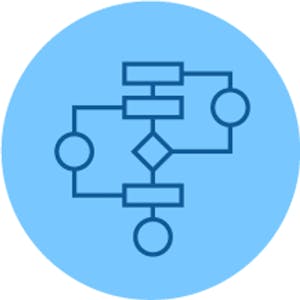Understanding User Needs
About this Course
Designing effective interactive systems requires understanding the needs and capabilities of the people who will be using them. In this UX course we will focus on how to interact with users (or potential users) to understand what they need, what they currently do, what they love and hate, and examine human capabilities and behavior as they relate to UX design. Learners will be introduced to numerous techniques to gather data from and about users. This course is part of the User Experience (UX) Research and Design specialization offered on Coursera. What you\'ll learn: Find out what user needs assessments are, what qualitative research is, and how the two are related. Learn an end-to-end methodology for qualitative research that is suited for understanding user needs. The methodology includes knowledge of semi-structured interviews, in-situ observation, and affinity walls. Be exposed to good practices for conducting semi-structured interviews, in-situ observation, and affinity walls. Gain some experience with semi-structured interviews, in-situ observations, and affinity walls.Created by: University of Michigan

Related Online Courses
The Generative AI Leadership & Strategy Specialization on Coursera is an innovative program designed to empower leaders with the skills needed to harness the full potential of large language models... more
This specialized program is aimed at officials, professionals, and team members involved in formulating, executing, or supervising infrastructure projects, who seek to incorporate disaster risk... more
This specialization is intended for people with an intermediate understanding of C++. These topics include basic syntax, control structures, loops, methods, and object-oriented programming. The... more
The ability to shoot and edit video is rapidly becoming a sought after skill. Many businesses seek people who can bring more than just a single skill to the table, and video creation can be a key... more
This specialization equips learners with in-depth knowledge of advanced testing techniques, including risk-based testing, white-box methods, static and dynamic analysis, and test automation.... more








